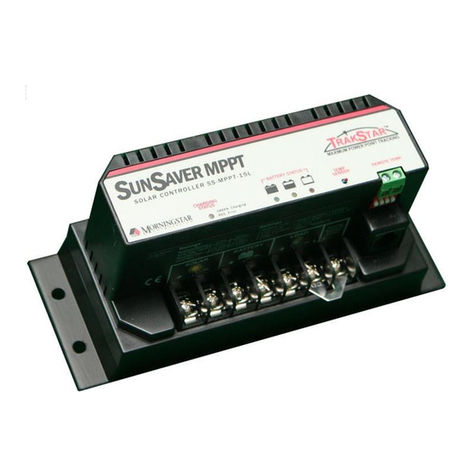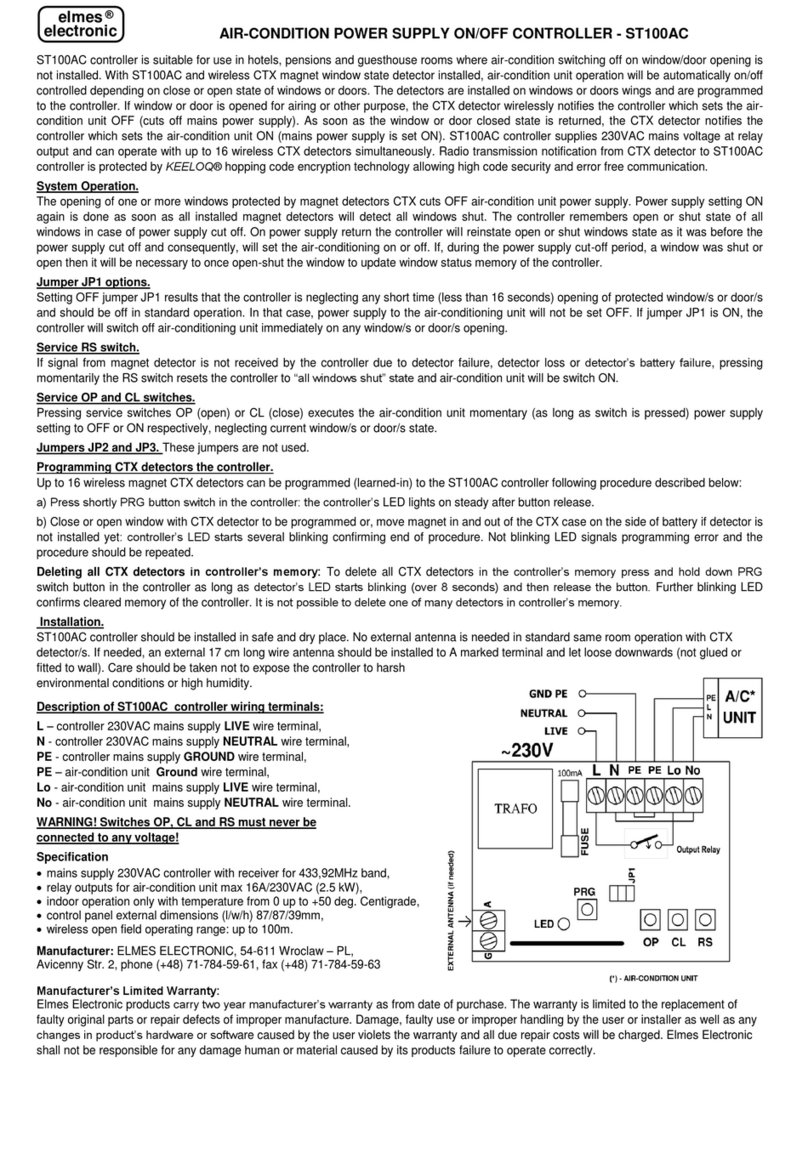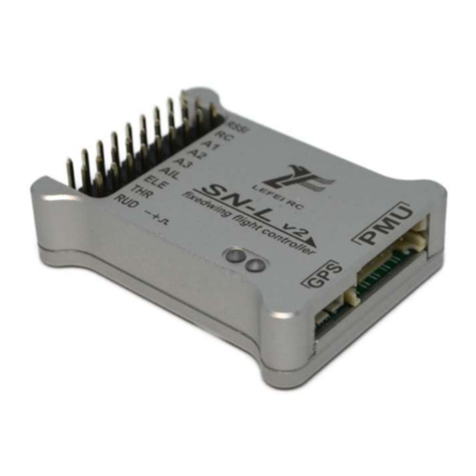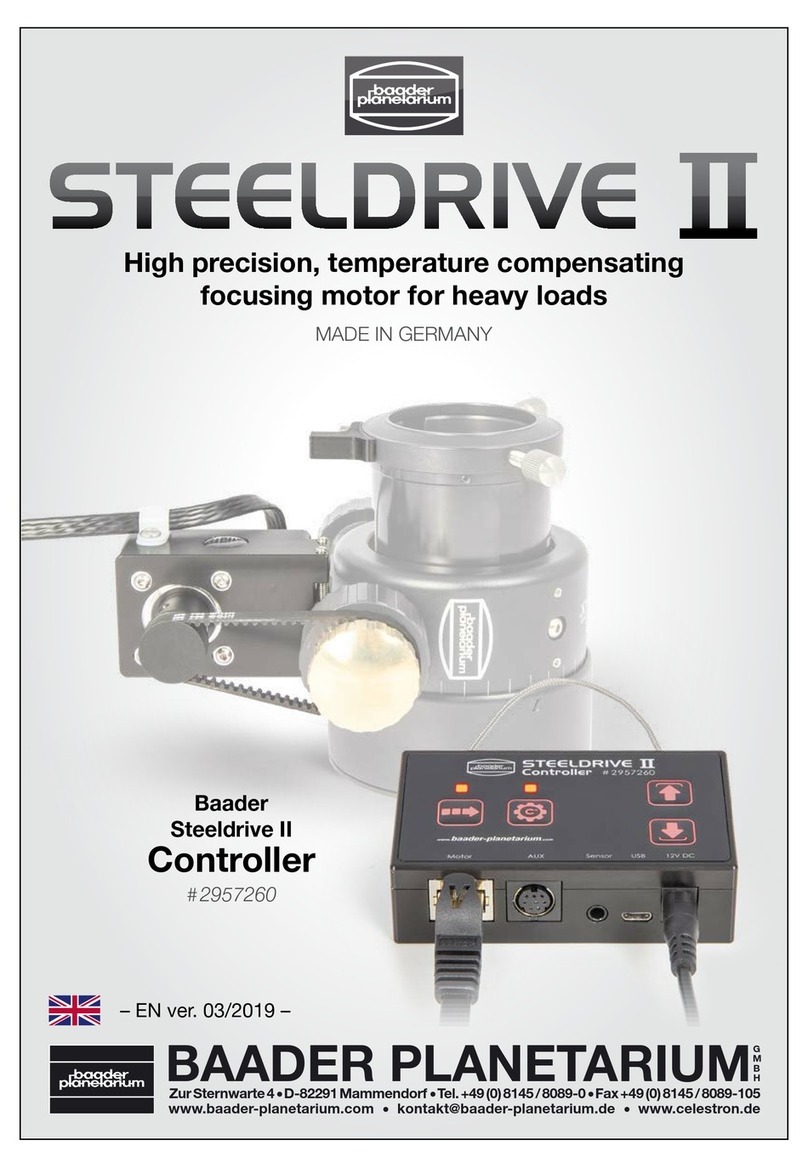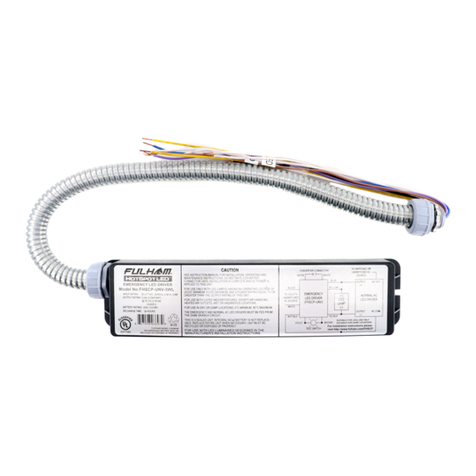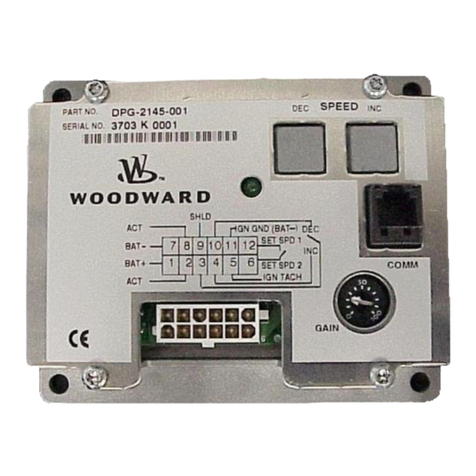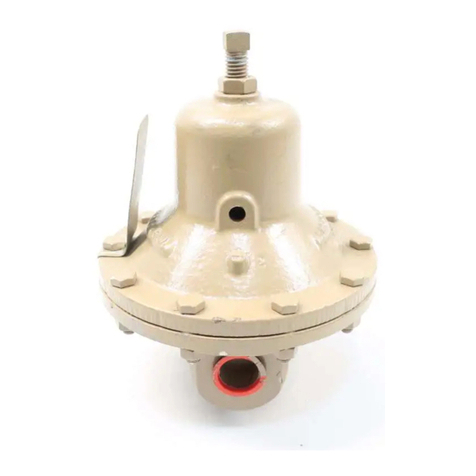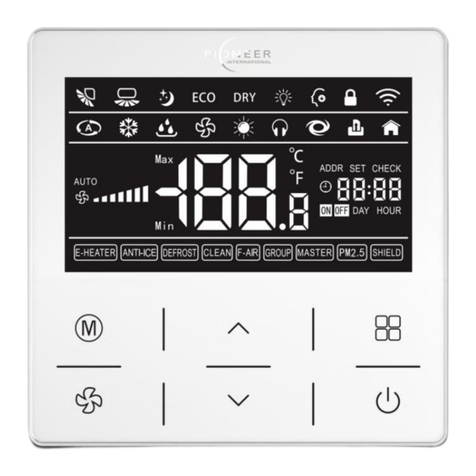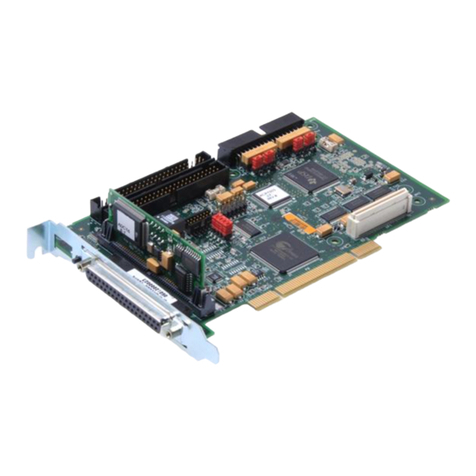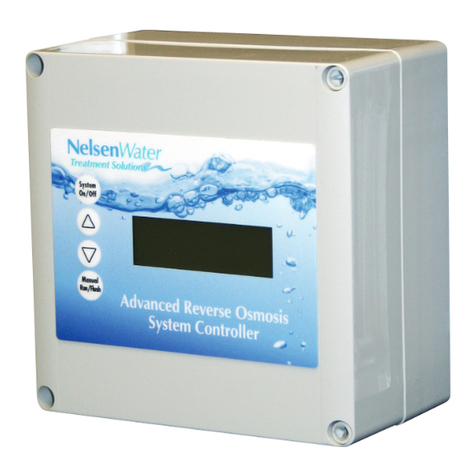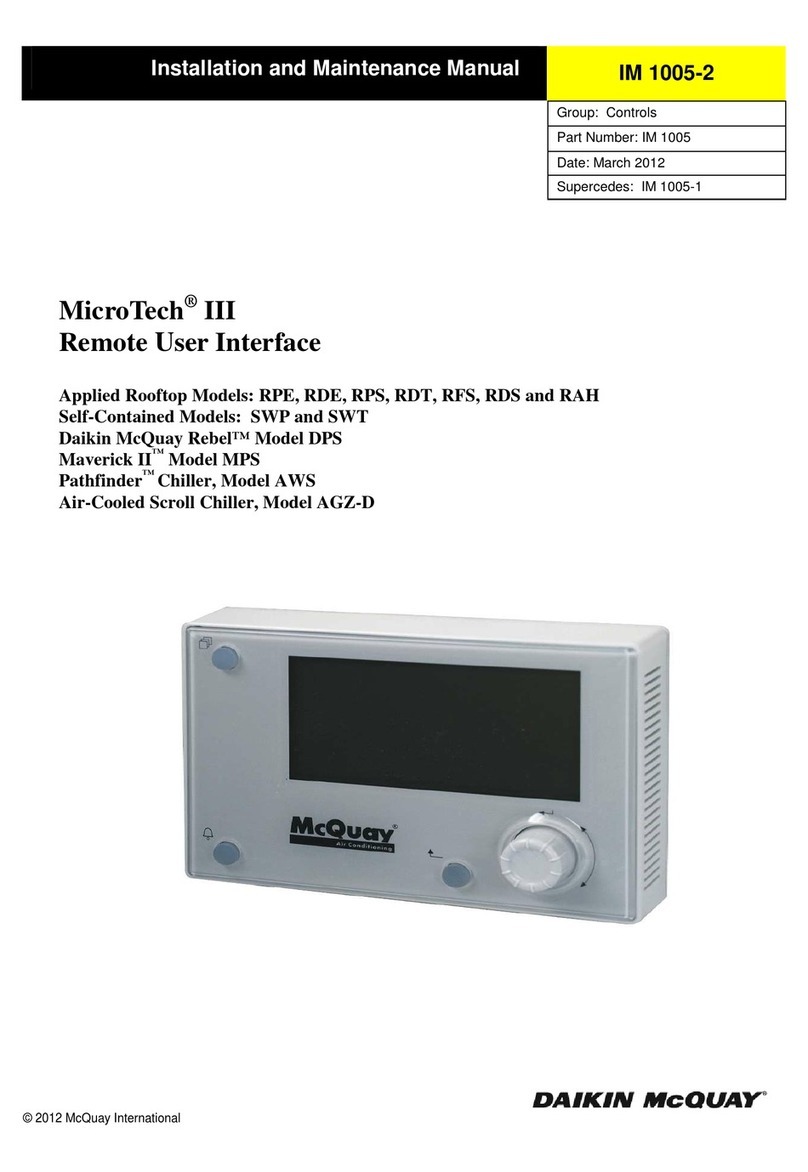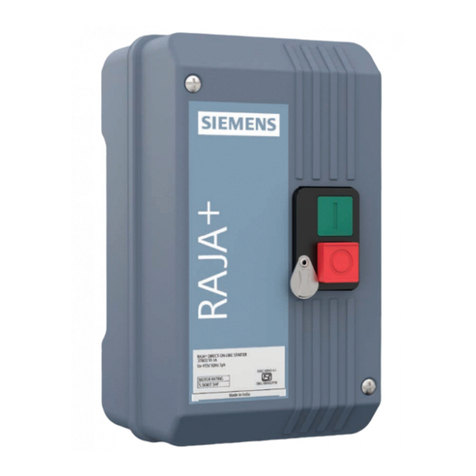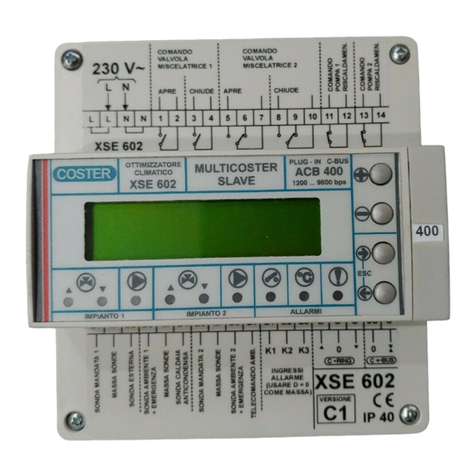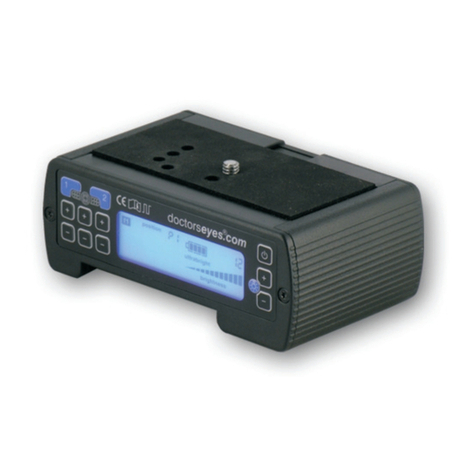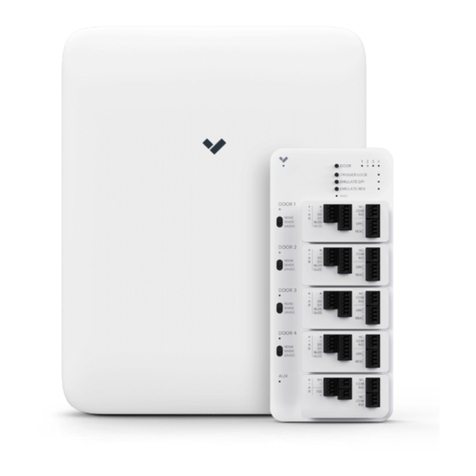
14
What the warranty covers:
The ROC3-HE is warranted to be free from defects in materials and workmanship during the warranty period. If a product
proves to be defective during the warranty period, Nelsen Corporation will at it’s sole option repair or replace the product
with a like product. Replacement product or parts may include remanufactured or refurbished parts or components.
How long the warranty is effective:
The ROC3-HE is warranted for one (1) year for parts and labor from the date of the first consumer purchase or 15 months
from ship date, whichever comes first.
What the warranty does not cover:
1. Damage, deterioration or malfunction resulting from:
a. Accident misuse, neglect, fire, water lightning or other acts of nature, unauthorized product modification or
failure to follow instructions supplied with the product.
b. Repair or attempted repair by anyone not authorized by Nelsen Corporation.
c. Any damage of the product due to shipment.
d. Causes external to the product such as electric power fluctuations.
e. Use of supplies or parts not meeting i-Controls’ specifications.
f. Normal wear and tear.
g. Any other cause which does not relate to a product defect.
2. Transportation costs necessary to obtain service under this warranty.
3. Labor other than factory labor.
How to get service:
1. To obtain warranty service, contact your selling dealer for a Return Material Authorization (RMA).
2. You will be required to provide:
a. Your name and address
b. A description of the problem
3. Package the controller carefully for shipment and return it to your, freight prepaid.
Limitation of implied warranties:
There are no warranties, expressed or implied, which extend beyond the description contained herein including the
implied warranty of merchantability and fitness for a particular purpose.
Exclusion of damages:
Liability is limited to the cost of repair or replacement of the product. Nelsen Corporation shall not be liable for:
1. Damage to other property caused by any defects in the product, damages based upon inconvenience, loss of
use of the product, loss of time, loss of profits, loss of business opportunity, loss of goodwill, interference with
business relationships or other commercial loss, even if advised of the possibility or such damages.
2. Any other damages, whether incidental, consequential or otherwise.
3. Any claim against the customer by any other party.
Effect of state law:
This warranty gives you specific legal rights, and you may also have other rights which vary from state to state. Some
states do not allow limitations on implied warranties and/or do not allow the exclusion of incidental or consequential
damages, so the above limitations and exclusions may not apply to you.
Appendix C - Controller Limited Warranty
©2016 Nelsen Corporation Part # NRO-ROC3-HE-MAN
















